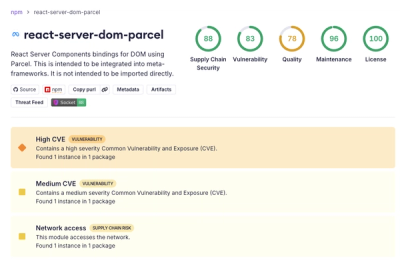GLUDB
|Travis CI Build State| Travis CI Details <https://travis-ci.org/memphis-iis/GLUDB>__
|Documentation State| See our documentation at
http://gludb.readthedocs.io/
Generalized Learning Utilities Database Library
For more GLU, see also
SuperGLU <https://github.com/GeneralizedLearningUtilities/SuperGLU>__
GLUDB provides a simple way to read/write data to some popular
datastores like Amazon's DynamoDB and Google Cloud Datastore. We
provide:
- A simple abstraction layer for annotating classes that need
serialization
- Support for versioning by automatically storing change history with
the data
- Automated "indexing", which includes querying on the value of indexes
- Automated, configurable backup to Amazon's S3 (and Glacier depending
on how you configure the S3 buckets)
We support Python 2 (2.7 and greater) and 3 (3.4 and greater). The data
stores supported are:
- sqlite
- DynamoDB
- Google Cloud Datastore
- MongoDB
- PostgreSQL (version 9.5 and greater)
Installing
You can install from PyPI using pip:
::
pip install gludb
You will also need to install any dependencies you need based on the
functionality you want to use:
- DynamoDB Backend - boto
- Google Cloud Datastore - googledatastore
- MongoDB - pymongo
- Backups - boto
setup.py includes these dependencies so that you can install them all at
the same time (assuming a decently recent version of pip). As an
example, you could install gludb and the dependencies needed for
DynamoDB and backup support into a virtualenv using Python 3 like this:
::
user@host:~$ virtualenv -p python3 env
user@host:~$ . env/bin/activate
user@host:~$ pip install --upgrade pip wheel
user@host:~$ pip install gludb[dynamodb,backups]
.. |Travis CI Build State| image:: https://travis-ci.org/memphis-iis/GLUDB.svg?branch=master
.. |Documentation State| image:: https://img.shields.io/badge/docs-latest-brightgreen.svg?style=flat



